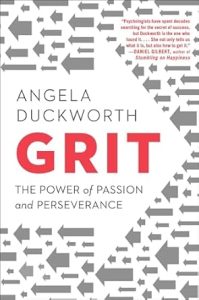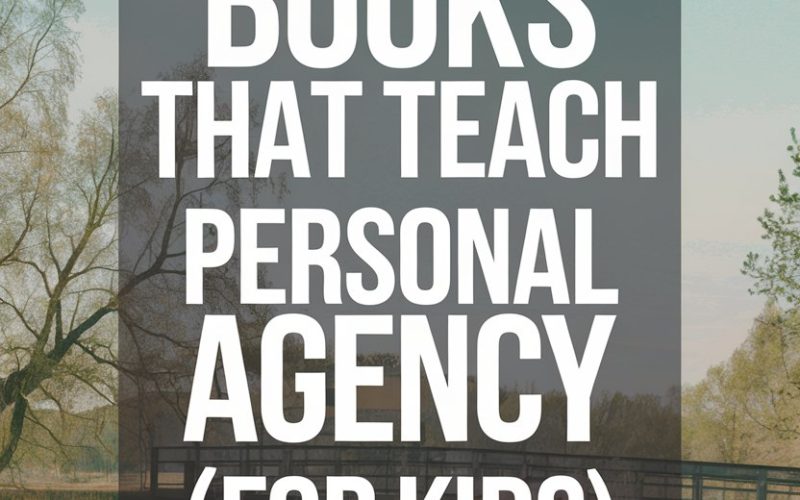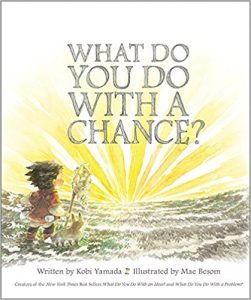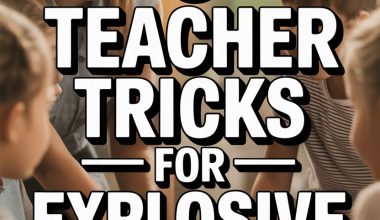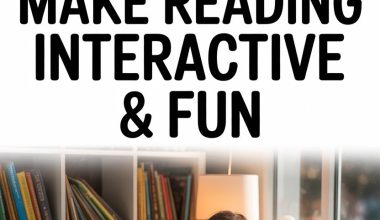Parents, did you ever wish you could bottle up a dose of “I can do this!” and sprinkle it on your kids’ cereal in the morning?
Personal agency is that secret sauce—the inner voice that says, “Hey, I get a say in my life.” It’s what helps kids grow into adults who make things happen, rather than just letting life happen to them.
But let’s be honest: teaching this confidence and self-direction can sometimes feel like shouting into the void, especially after a long day of reminders about socks, teeth, and not licking the dog.
If you’ve ever wondered how to sneak a little more can-do spirit into your child’s heart (without sounding like a motivational poster), these three books might just become your new sidekicks.
They’re accessible, research-backed, and, crucially, written for people with actual lives—not for those imaginary parents with spare time and alphabetized spice racks.
1. The Self-Driven Child by William Stixrud and Ned Johnson
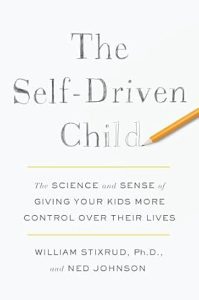
At some point, every parent has asked: “Why doesn’t my child care as much as I do?” This book dares to answer, “Maybe because they’re not supposed to.”
Clinical neuropsychologist William Stixrud and test prep guru Ned Johnson bring two lifetimes of experience wrangling real kids and worried parents.
The Self-Driven Child gets straight to the point: kids need a sense of control over their own lives, or else stress and anxiety can take root.
The authors make the case with stories from their practices and plenty of studies on autonomy showing that kids who feel in charge of their choices are healthier, happier, and more motivated.
The book suggests something radical for many grownups: step back. Not out of neglect, but to hand kids the metaphorical car keys (training wheels on, seatbelt buckled).
Stixrud and Johnson recommend strategies like offering choices instead of orders, and regularly saying the magic words: “I love you too much to fight with you about this.”
Feel your stress levels rising just imagining that? Their advice is shockingly practical. For example, when it comes to schoolwork, the authors encourage parents to become advisors rather than managers.
Instead of “Go do your reading,” try, “Would you like to start your reading now or after dinner?” Hand over some control, and watch motivation start to spark.
Parents report that this approach doesn’t just work for neurotypical kids. It can be a game-changer for children with ADHD, anxiety, or learning differences, as it takes the pressure off and gives them space to develop their own resilience.
Your takeaway: hand over a bit more control, and you might just see your child step up—sometimes messily, sometimes reluctantly, but step up all the same.
2. Grit by Angela Duckworth
